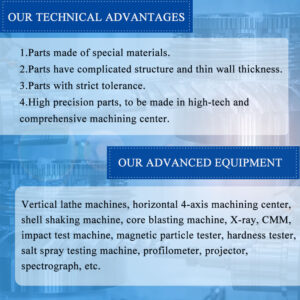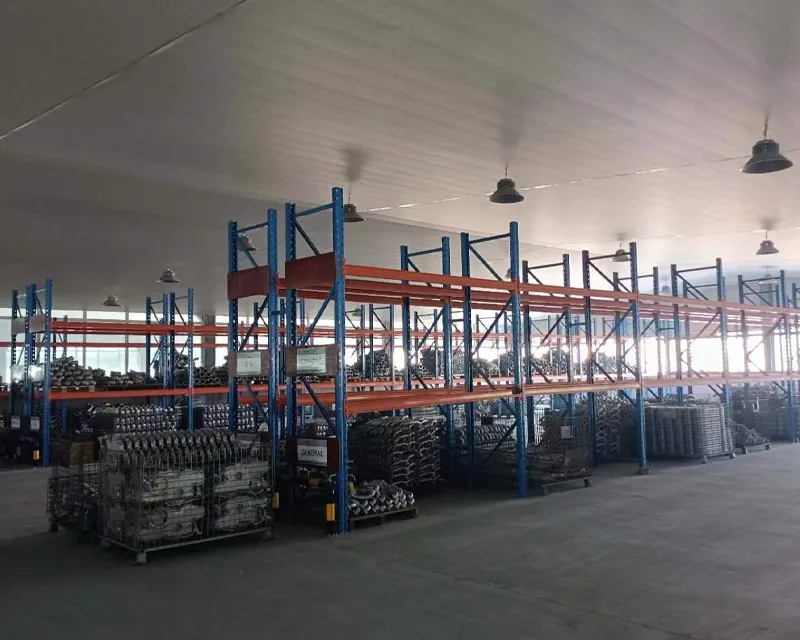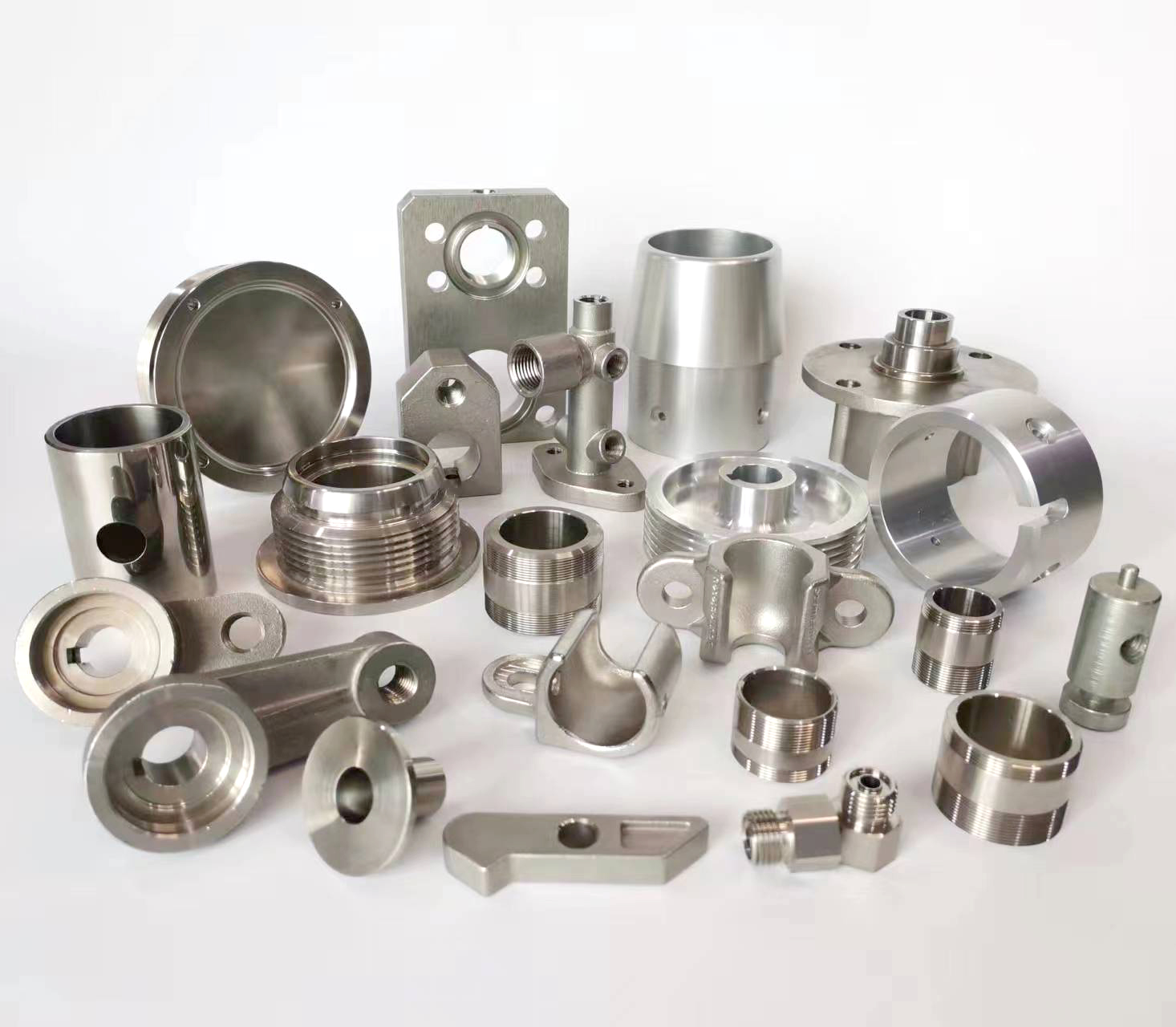
Cold Drawing: A Precision Metal Forming Process
Cold Drawing is a fundamental metalworking process used to reduce the cross-sectional area and increase the length of metal stock (wires, rods, tubes, bars) by pulling it through a converging die at room temperature or slightly elevated temperatures (significantly below the metal’s recrystallization point). It’s a type of cold working or strain hardening.
Key Characteristics
Temperature: Performed cold (ambient or moderately warm, <~0.3 T_melt). This is crucial as it induces work hardening.
Deformation Mechanism: Primarily tensile stress combined with significant compressive stress within the die.
Direction: The material is pulled (drawn) through the die, unlike extrusion which pushes it.
Purpose: Achieves precise dimensional control, excellent surface finish, improved mechanical properties, and specific cross-sectional shapes.
The Process Step-by-Step
Preparation:
Pointing/Rod Reducing: The leading end of the stock (billet) is mechanically swaged, turned, or rolled to a smaller diameter to facilitate initial insertion through the die.
Cleaning & Pretreatment: Scale, rust, and contaminants are removed via acid pickling, abrasive blasting, or mechanical descaling. A phosphate or oxalate coating is often applied.
Lubrication: A lubricant (soap, grease, oil, polymer, dry powder) is applied to the prepared surface. This is critical to reduce friction, prevent galling (metal sticking to the die), minimize heat generation, and improve surface finish. Lubricant carriers (lime coating) are often used.
Drawing:
The pointed end of the stock is gripped by powerful mechanical jaws (on a “drawbench” for long products) or attached to a rotating drum (“bull block” for wire).
The stock is pulled with high force through a hardened tool steel (e.g., tungsten carbide) or diamond die.
The die has a precise internal profile:
Entry Bell: Guides the stock smoothly into the die.
Approach/Angle: Where the actual reduction in cross-section occurs through plastic deformation.
Bearing/Land: Maintains the final precise dimension and imparts surface finish.
Back Relief/Exit: Allows the drawn product to exit smoothly without scratching.
The cross-sectional area reduction per pass (“draft”) is typically 10-45%, depending on the material, desired properties, and equipment capability.
Post-Drawing:
Coiling/Cutting: The drawn product is coiled (wire) or cut to length (bars, tubes).
Heat Treatment (Annealing): Often required between drawing passes or after the final pass. Cold drawing hardens and strengthens the metal but makes it brittle. Annealing softens it (recrystallizes the grain structure), restoring ductility for further processing or final use.
Finishing: May involve straightening, surface treatments (e.g., coating, plating), or additional quality control checks.
Effects on the Material (Cold Work / Strain Hardening)
Increased Strength & Hardness: Dislocation density increases significantly, hindering further plastic deformation (Yield Strength, Tensile Strength, Hardness ↑).
Decreased Ductility & Toughness: The metal becomes less able to deform plastically before fracture (Elongation, Reduction in Area, Impact Toughness ↓).
Improved Dimensional Accuracy & Surface Finish: Tight tolerances and smooth surfaces are achievable.
Directional Properties (Anisotropy): Grain structure elongates in the drawing direction, leading to different properties parallel and perpendicular to the draw direction.
Residual Stresses: Complex internal stresses are induced, which can sometimes be detrimental and require stress relieving.
Common Applications
Wire Production: Electrical wire, cable strands, fencing wire, springs, tire cord, fasteners (nails, screws), welding wire.
Tubing: Hydraulic tubing, instrumentation tubing, heat exchanger tubes, automotive components, structural tubing (often with mandrels for internal dimension control).
Bar & Rod Stock: Precision shafts, machining stock, reinforcement bars (rebar – though often hot-rolled initially), fasteners.
Special Shapes: Producing non-circular cross-sections like squares, hexagons, ovals, or custom profiles from round stock.
Advantages
Excellent Surface Finish: Smooth surfaces directly from the die.
Precise Dimensional Control: Tight tolerances achievable.
Improved Mechanical Properties: Significantly increased strength and hardness.
Material Savings: Efficient use of material compared to machining from larger stock.
Versatility: Applicable to a wide range of metals (steel, copper, aluminum, alloys) and product forms (wire, tube, bar).
Production Efficiency: Suitable for high-volume continuous production (especially wire).
Disadvantages
Limited Reduction per Pass: Requires multiple passes with intermediate annealing for large total reductions.
High Forces Required: Demands powerful equipment and robust dies.
Work Hardening: Necessitates intermediate annealing, adding cost and time.
Residual Stresses & Anisotropy: Can affect performance in service if not managed.
Die Wear & Cost: Dies experience high wear and pressure, requiring maintenance/replacement; carbide and diamond dies are expensive.
In essence, cold drawing is a vital process for transforming bulk metal into long, slender products with superior surface quality, dimensional precision, and enhanced strength, making it indispensable in industries ranging from construction and automotive to electronics and aerospace.





